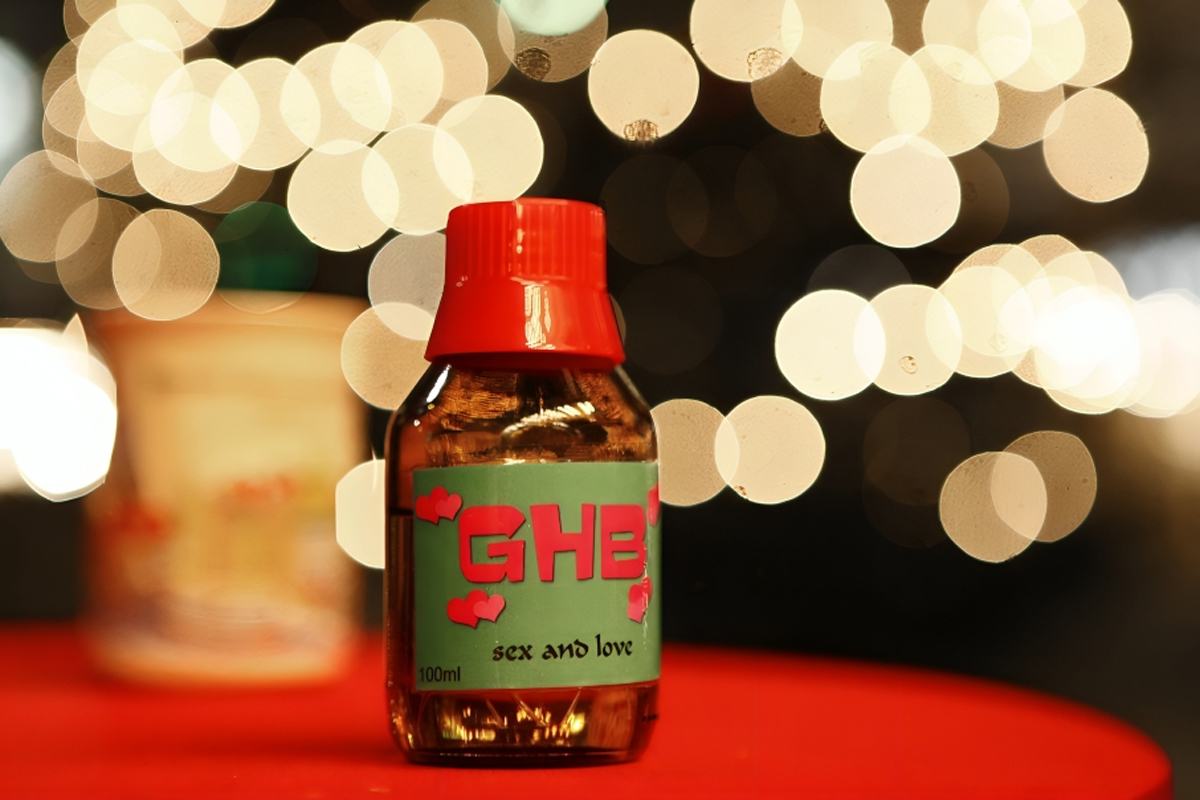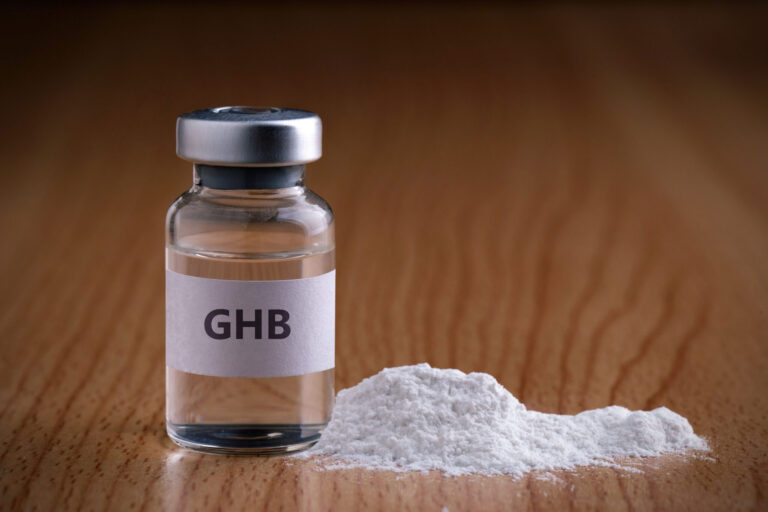[deepseek_translate_switcher]

The truth about liquid ecstasy: understanding the risks and effects
I. Introduction to Liquid Ecstasy
What is liquid ecstasy?
Liquid ecstasy, commonly known as GHB (Gamma-hydroxybutyrate), is a CNS depressant that is often used recreationally for its euphoric and sedative effects. Despite its name, it is not related to the drug MDMA (ecstasy). GHB occurs naturally in small amounts in the human body, but is often synthesized for illicit purposes.
History and origins of liquid ecstasy
GHB was first synthesized in the 1960s as an anaesthetic. However, its use in medicine declined due to unpredictable side effects. In the 1980s and 1990s, GHB gained popularity as a party drug, especially in the club and rave scene. Its simple synthesis and strong effects made it a sought-after substance despite its dangers.
Legal status and availability of liquid ecstasy
In many countries, including the US, GHB is classified as a Schedule I controlled substance, meaning that it is illegal to manufacture, possess and distribute without a license. Despite this, it remains accessible through illicit markets and online sources, posing significant challenges for law enforcement and health authorities.
II Understanding the effects of liquid ecstasy
Physical effects of liquid ecstasy on the body
GHB can produce a range of physical effects, from mild to severe. Users often experience euphoria, increased sociability and relaxation. However, higher doses can lead to dizziness, nausea, vomiting, breathing problems and unconsciousness. Due to its depressant nature, it significantly slows down bodily functions, making overdose a real and dangerous possibility.
Psychological effects of liquid ecstasy on the mind
Psychologically, GHB can lift the mood and reduce inhibitions. However, it can also cause confusion, agitation, hallucinations and memory loss. Chronic use can lead to significant mental health problems, including anxiety, depression and cognitive impairment.
Long-term effects and risks of liquid ecstasy use
Long-term use of GHB can lead to serious health problems. Regular use can lead to dependence, where higher doses are required to achieve the same effects, as well as withdrawal symptoms such as insomnia, anxiety and tremors. In addition, long-term use can cause damage to vital organs such as the liver and kidneys.
III. Dangers and risks associated with liquid ecstasy
Potential for addiction and dependency
GHB is highly addictive. Users quickly develop a tolerance, which leads to increased consumption and a higher risk of dependence. Withdrawal from GHB is particularly difficult and can be life-threatening, often requiring medical supervision.
Overdose and health risks of liquid ecstasy
Overdose is a significant risk with GHB due to its narrow therapeutic window. Symptoms of overdose include severe respiratory depression, unconsciousness, seizures and, in extreme cases, death. Immediate medical attention is crucial in cases of overdose.
Mixing liquid ecstasy with other substances
Combining GHB with other substances, especially alcohol or other depressants, can intensify its effects and increase the risk of serious health complications. Such combinations can lead to unpredictable and often dangerous outcomes, including respiratory arrest and death.
IV. Treatment and recovery options for liquid ecstasy abuse
Seeking professional help for liquid ecstasy addiction
Professional treatment is crucial for those struggling with GHB addiction. Detoxification under medical supervision can help manage withdrawal symptoms and ensure a safer recovery process. Rehabilitation programs often include counseling, medication and support to address the underlying causes of addiction.
Self-help groups and therapy for recovery
Support groups such as Narcotics Anonymous (NA) provide a community for people recovering from GHB addiction. Therapies such as cognitive behavioral therapy (CBT) and motivational interviewing can help people develop coping strategies and reframe their lives.
Relapse prevention and maintaining abstinence
Relapse prevention involves ongoing support and self-care. This includes regular therapy sessions, participation in support groups and building a healthy lifestyle with proper nutrition, exercise and stress management techniques. Building a strong support network is crucial for long-term abstinence.
V. Conclusion and FAQs
Summary of the most important points about liquid ecstasy
Liquid ecstasy, or GHB, is a dangerous substance with significant immediate and long-term risks. Understanding its effects, its addictive potential and the importance of seeking treatment is crucial for anyone affected by this substance.
Frequently asked questions about Liquid Ecstasy
Is liquid ecstasy the same as MDMA?
No, liquid ecstasy (GHB) is not the same as MDMA (ecstasy). They are different substances with different chemical compositions and effects.
What are the signs of a Liquid Ecstasy overdose?
Signs of GHB overdose include severe respiratory depression, unconsciousness, vomiting, seizures and potentially death. Immediate medical attention is required.
How can I help a loved one who is addicted to liquid ecstasy?
Encouraging them to seek professional help, offering emotional support, and helping them find treatment programs or support groups can be important steps in helping a loved one recover from GHB addiction.
Resources for further information and support


